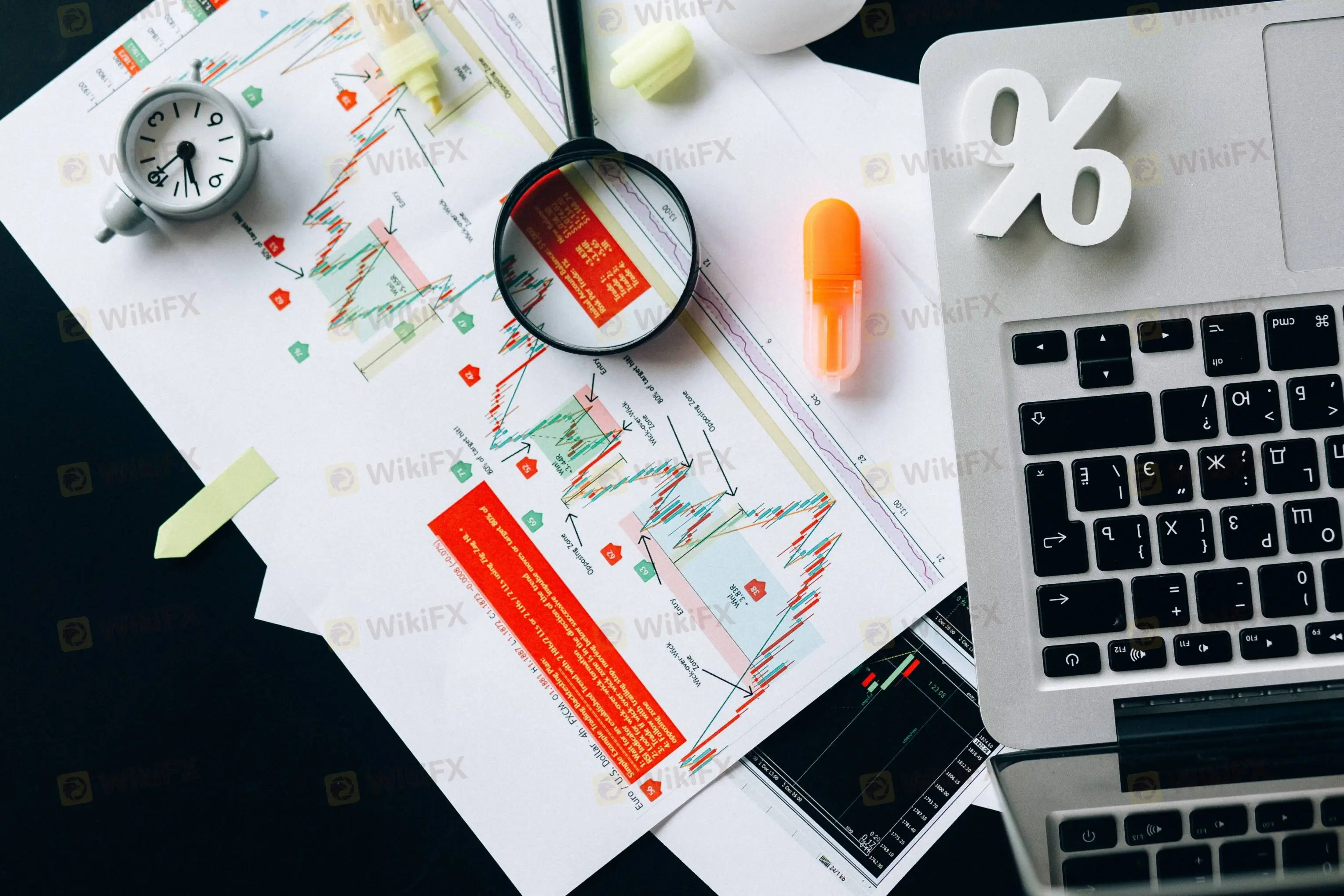简体中文
繁體中文
English
Pусский
日本語
ภาษาไทย
Tiếng Việt
Bahasa Indonesia
Español
हिन्दी
Filippiiniläinen
Français
Deutsch
Português
Türkçe
한국어
العربية
Four Trading Blind Spots | Do You Have Them?
Abstract:Ever wonder why after a lot of effort, time, and money invested in trading but you are still not seeing fruitful results? It is never too late to identify the missing piece of the puzzle and start rectifying the situation. Growth is not a linear progression but as long as you are gradually improving day by day, you be able to become a consistently profitable trader.

<WikiFX Malaysia Original: Editor – Fion>
Ever wonder why after a lot of effort, time, and money invested in trading but you are still not seeing fruitful results? In this article, we will highlight some of the blind spots that you could have overlooked so you can start paying attention to rectify them.

The first trading blind spot is chasing a trade.
Do you find yourself being able to plot up technical charts at ease but not having the courage to place your trade when the price arrives at the targeted price or zone? Later, as the price moves in the projected direction, you feel anger, guilt, and regret and cave into the fear of missing out (FOMO) that you end up taking the trade when the price is trading in the middle of nowhere? If you answered yes, it is time to modify your strategy from both the technical and psychological aspects.
The second blind spot is being lazy in a way that you are unaware of.
You could be spending a lot of time reading books and financial news but in reality, that is just a form of procrastination for not dabbling in the markets practically. Alternatively, you find it hard to trust your trading skills that you succumb to blindly following signal providers for a false sense of security.
Trading is just like learning how to drive. You will never improve in your driving if you just read a lot of books related to cars and “how to change a flat tyre”. To get good at trading and/or driving, you have to face your fear of being uncomfortable, losing money, and feeling defeated through everyday practice. There is no shortcut to becoming a master at something as it takes grit and patience.

The third blind spot is following the trend without knowing how to do it properly.
We briefly talked about this point in our previous article here https://www.wikifx.com/en/newsdetail/202204128804353308.html. Even if you are following the trend, you have to make sure that your entry price makes sense to secure a decent risk-to-reward ratio. Many traders fall into the trap of thinking as long as they are following the trend, they do not have to cut their losses. That is far from the case because anything can happen at any time in volatile markets.
The last blind spot that many traders have is not having enough patience. The secret ingredient in the compounding theory is time, not money itself. Acknowledging and accepting this fact will enable you to be more patient with not just a single trade but also your trading journey as a whole. Growth is not a linear progression but as long as you are gradually improving day by day, you are on the right track!
<WikiFX Malaysia Original: Editor – Fion>

Disclaimer:
The views in this article only represent the author's personal views, and do not constitute investment advice on this platform. This platform does not guarantee the accuracy, completeness and timeliness of the information in the article, and will not be liable for any loss caused by the use of or reliance on the information in the article.
Read more

Double Trouble for Stocks and Forex: What's Next for the Indian Rupee?
Recently, the Indian rupee has faced another round of selling, with the exchange rate against the US dollar briefly falling below the 86 mark, hitting a new record low of 86.006.

WikiFX Announces New Promotional Campaign Targeting the Philippine Market
As part of our strategic expansion in Southeast Asia, WikiFX is excited to announce a new promotional initiative focused on the Philippine market.

Indonesia officially joins the BRICS countries
Indonesia's decision to join the BRICS group will not only enhance economic cooperation within BRICS countries but is also expected to have a profound impact on global trade, investment, and the currency system.

Attention! Goldman Sachs Cuts Gold Target to $2910
As the Fed slows rate cuts, gold's price growth may be limited. Goldman Sachs revised its short-term forecast, expecting gold to reach $3,000 per ounce by mid-2026.
WikiFX Broker
Latest News
Ghana Trader Jailed for $300K Forex and Crypto Scam
US Dollar Surge Dominates Forex Market
Hong Kong Police Bust Deepfake Crypto Scam Syndicate Involving $34 Million
Is it a good time to buy Korean Won with the current depreciation?
Pepperstone Sponsored the "Aston Martin Aramco Formula One Team"
ACY Securities Integrates MetaTrader 5 to Enhnace Copy Trading Service
Soegee Futures Review: Should You Trust This Broker?
Malaysian Pilot Loses RM1.36 Million in UVKXE Investment App Scam
Indonesia officially joins the BRICS countries
Attention! Goldman Sachs Cuts Gold Target to $2910
Currency Calculator






